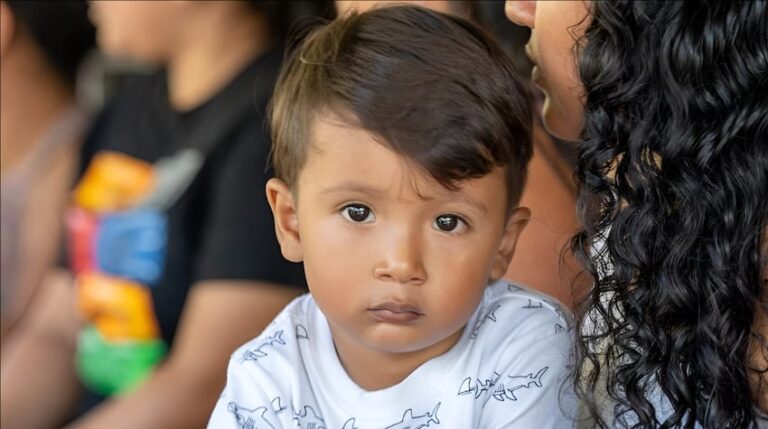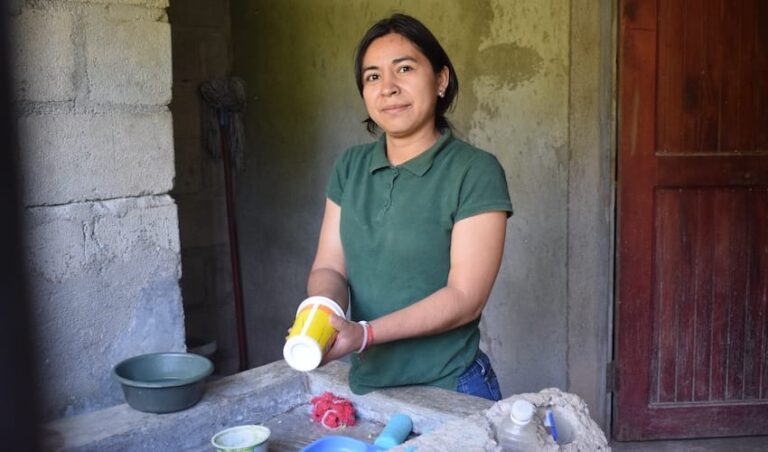
Facing the Childcare Crisis
Recently, Feed the Children featured the story of Joyce, a married mom-of-three who quit her job to become a stay-at-home parent. It wasn’t a choice she made willingly – when we spoke, Joyce stressed that she wanted to work. But childcare in Houston, Texas, for her infant son cost more than her job brought in.
An increasing number of parents are finding themselves in Joyce’s shoes. America is at the edge of what many government, news and research organizations are calling “the childcare cliff.”
Childcare in this country is expensive. The US Department of Labor found that the median annual price of childcare is as high as $15,417 per child in some areas. And that’s without considering the time and travel costs of taking a child to and from the childcare location.
Quality childcare is also in short supply. Waitlists are common, and lengthy – one survey found that the average time on a wait list was six months. Some are over two years. Yet despite this demand, work in childcare is among the lowest paid occupations. This also fuels scarcity and drives more parents like Joyce to stay home.
This decision is made by families like Joyce’s out of necessity to save money up front. However, it can end up costing them more in the long run. When we met Joyce, her family had hit a rough patch. Her husband is a plumber. He’s not salaried but is paid by the job. If his work dries up, so does the family’s only source of income – a situation that could have been avoided if childcare had been available and Joyce had been able to work like she wanted.
The situation is even worse for single parents. They need some form of childcare in order to work, which can cost up to 50% of what they make. Many single parents work hourly or part-time jobs, which pay less and have fewer benefits, but let them care for their kids.
This kind of semi-involuntary stay-at-home parentship is not ideal for anyone: kids, parents, or even the country. According to Forbes, the American economy loses $122 billion yearly in earnings, productivity, and revenue when parents are absent from the workforce due to childcare-related issues. Parents miss not just a paycheck, but potentially the opportunity to advance in their own careers.
Children, too, lose out when they can’t access good care options. The same report from the US Treasury cites studies showing that children who participate in quality early childcare perform better in school, have better physical and mental health, and go on to have greater financial success.
Through our Summer Feed and Read program, Feed the Children supports childcare providers like the YMCA and other local organizations. At the YMCA in Bethany, Oklahoma, we met Trish, a YMCA employee whose children were enrolled in their summer program. Kids in this program get a full day of fun activities, five days a week, in addition to library access, and lunches and free books from Feed the Children.
“The support from Feed the Children has been very beneficial not only in my professional workplace but in my personal life,” Trish told us. “There are a lot of kiddos in our program who don’t always have well-balanced meals at home. My children have loved reading, and helps keep them engaged with learning during the summer months when it’s not prompted by school.”
Your support of Feed the Children helps programs like these to continue to provide services for families. More broadly, it helps reduce the financial strain faced by families, giving them food and essentials and freeing up space in a budget to be used for childcare. And when children can grow and thrive, so can the future.






